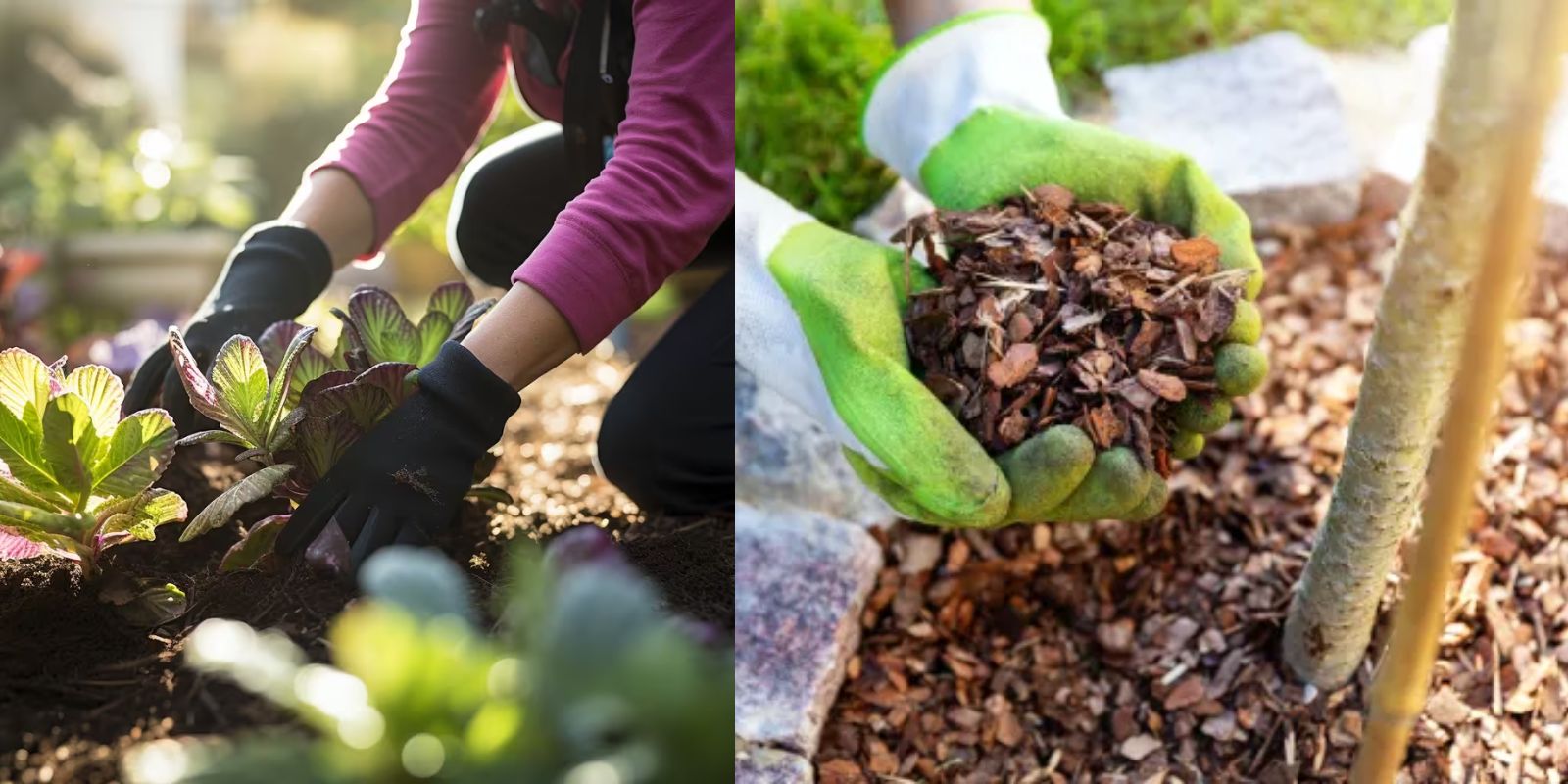A garden is more than just a collection of plants; it’s a living, breathing ecosystem that, when nurtured properly, can become a lush, vibrant haven. While the basics of gardening—planting, watering, and weeding—are well known, there are deeper, often overlooked practices that can significantly enhance the health and beauty of your garden. Understanding and applying these hidden secrets can transform your garden into a thriving paradise. This article will guide you through these essential, yet frequently neglected, aspects of successful gardening.
1. Know Your Soil
The foundation of a thriving garden begins with understanding your soil. Soil quality is crucial as it affects nutrient availability, drainage, and overall plant health. To start, conduct a soil test to determine its pH, nutrient levels, and texture. You can purchase soil testing kits or send samples to a local extension service for a detailed analysis.
Soil amendments can greatly improve soil conditions. For instance, adding organic matter such as compost or well-rotted manure can enhance soil fertility, improve structure, and boost water retention. If your soil is too sandy, incorporate organic matter to increase its moisture-holding capacity. Conversely, if your soil is clay-heavy, organic matter will improve drainage and aeration. Additionally, adjusting soil pH with lime (to raise pH) or sulfur (to lower pH) will ensure that plants can absorb nutrients effectively.
2. Choose the Right Plants
Selecting the right plants for your garden is vital to its success. Plants vary in their needs for light, water, and soil conditions. Understanding these requirements and choosing plants suited to your garden’s specific conditions can reduce maintenance and improve growth.
Consider the local climate and hardiness zone when selecting plants. Native plants, adapted to local conditions, often require less water and care than non-native species. Additionally, look for plants that match the light conditions in your garden—full sun, partial shade, or full shade. Using plants with similar water and soil needs in the same area can simplify care and ensure optimal growth.
Plan for seasonal interest by including a mix of plants that provide beauty throughout the year. Combine flowering plants with evergreens, and choose varieties that offer different bloom times and foliage colors.
3. Implement Smart Watering
Efficient watering practices are essential for a thriving garden. Over-watering and under-watering can both lead to plant stress and poor growth. The key is to water according to the specific needs of your plants and the environmental conditions.
Drip irrigation is an effective method for providing consistent moisture directly to plant roots while minimizing water waste. Drip systems deliver water slowly and steadily, allowing it to penetrate deeply into the soil where it’s needed most. For larger gardens or those with varied plant needs, soaker hoses can be a good alternative.
Water early in the morning to reduce evaporation and allow foliage to dry before evening, which helps prevent fungal diseases. Aim to water deeply but less frequently to encourage deep root growth. Use mulch around plants to retain soil moisture and reduce the frequency of watering.
4. Practice Regular Maintenance
Ongoing maintenance is crucial to keeping your garden in prime condition. Regular attention to weeding, pruning, and pest management can prevent problems and enhance plant health.
Weed control is essential, as weeds compete with your plants for nutrients and water. Regularly remove weeds by hand or use mulch to suppress their growth. Mulch not only blocks weed seeds from germinating but also helps retain soil moisture and regulate temperature.
Pruning helps maintain plant shape, remove dead or diseased wood, and encourage new growth. For flowering plants, prune after blooming to promote the next season’s flowers. Regularly check for pests and diseases, and address issues promptly to prevent them from spreading.
Fertilizing should be done according to the needs of your plants and soil conditions. Use organic fertilizers or compost to provide essential nutrients and improve soil health.
5. Use Mulch Wisely
Mulching is a highly beneficial practice in gardening that often gets overlooked. Mulch serves multiple functions, including moisture retention, temperature regulation, and weed suppression. By applying a layer of mulch around your plants, you can create a healthier growing environment.
Organic mulches, such as straw, wood chips, or shredded leaves, decompose over time, adding valuable nutrients to the soil. They also improve soil structure and help maintain consistent soil moisture levels. Be sure to apply mulch to a depth of 2-4 inches, keeping it away from plant stems to prevent rot.
Inorganic mulches, like landscape fabric or gravel, provide similar benefits without decomposition. They are useful for suppressing weeds and maintaining soil temperature but won’t contribute nutrients to the soil.
Conclusion
Unveiling and applying these hidden secrets can dramatically enhance the health and beauty of your garden. By understanding your soil, choosing the right plants, implementing smart watering practices, performing regular maintenance, and using mulch wisely, you create a thriving garden environment that will flourish and bring joy throughout the seasons.
Gardening is a continuous learning process, and by paying attention to these often-overlooked details, you can transform your garden into a vibrant, healthy space. Embrace these secrets and watch as your garden evolves into a lush, flourishing paradise. With dedication and care, your garden can become a testament to the beauty and joy that well-tended plants bring to our lives.

